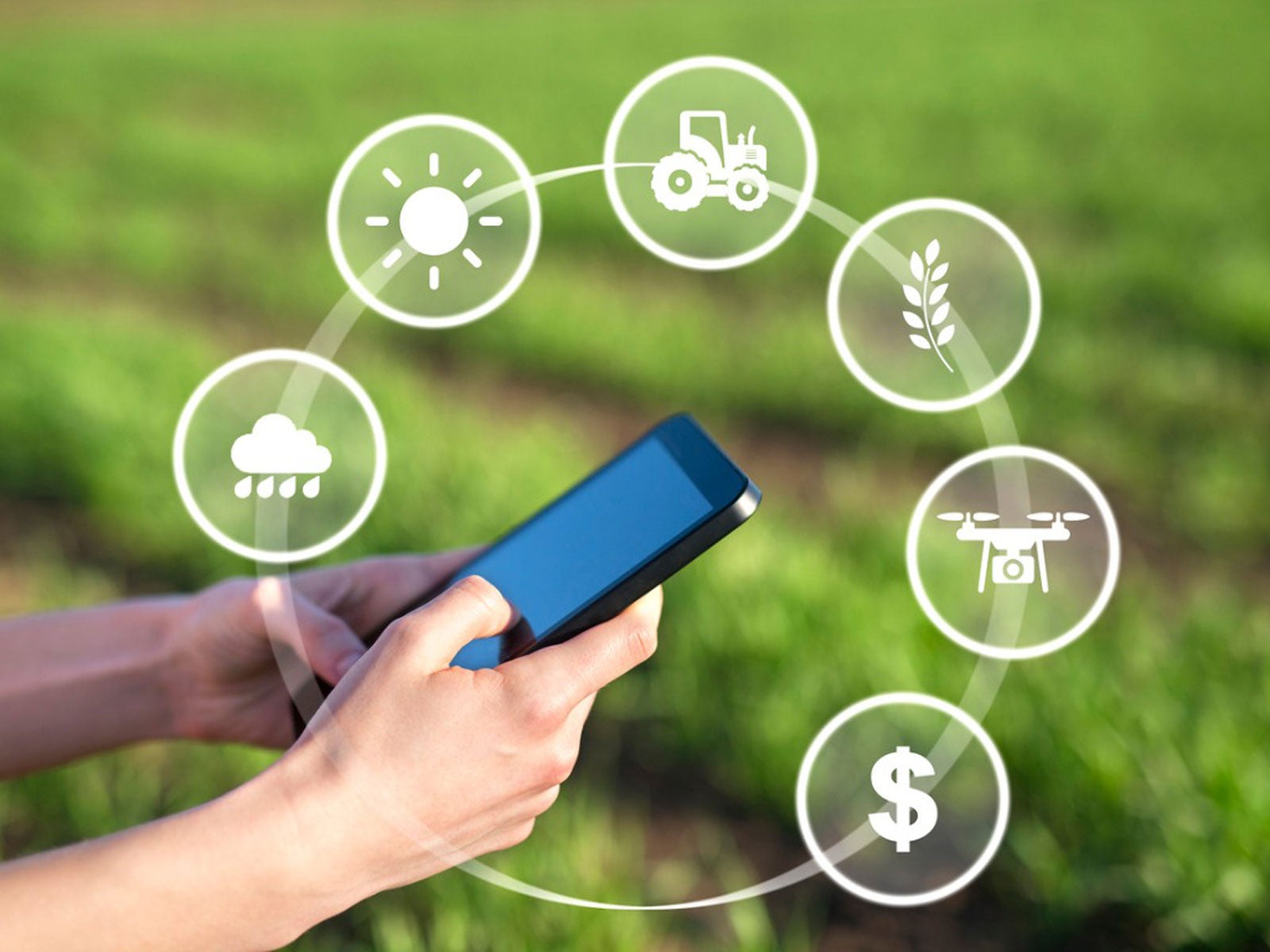Smart Moisture Monitoring – Apps That Measure Moisture In The Soil


Do you want to know if your plants need water, but don't like ruining a pricey manicure by sticking your fingers in the dirt? Thanks to smart moisture monitoring technology, you can have healthy plants while keeping your French tips sparkling white. Before you run out and purchase the first system you find though, there are a few things to consider.
How Apps That Measure Moisture Work
Smart soil moisture measurement technology begins with a planter sensor or probe which is inserted into the soil. This sensor uses a wireless connection, via radio waves, Bluetooth, or a Wi-Fi router to communicate with a smart device, such as a phone or tablet.
Smart moisture monitoring systems are fairly simple to set up. Once the sensor is in place and connected to a smart device, the user will need to download the appropriate application and access the plant database. From here the user will select the plant to be monitored and the type of soil.
The sensor then monitors soil moisture levels and relays this information to the smart device. Depending upon the features offered by the specific brand of smart system, the user will receive text messages or email notifications when the plant needs to be watered. Some apps that measure moisture also monitor soil and air temperatures as well as light and humidity.
There are several drawbacks with using moisture monitoring technology as well. These systems tend to be pricey with many brands costing more than a top-of-the-line spa manicure. Each sensor, which runs on batteries, only monitors a small area. Additionally, the apps only tell the user when the plant needs water, not how much to water.
Purchasing Moisture Monitoring Technology
Shopping for sensors and apps that measure moisture is like comparing apples and oranges. No two brands of moisture monitoring technology offer the same features. To help gardeners muddle through the confusion, consider these criteria when purchasing a smart moisture monitoring system:
- Connectivity – Many brands of sensors use a wireless Wi-Fi connection while others rely on Bluetooth or a dedicated radio frequency. The connectivity choice can limit transmission distances.
- User-Friendly Applications – Not all brands of smart moisture monitoring systems offer Android, iOS, and Windows based apps. Before purchasing a system, verify compatibility with your smart device.
- Database – The extent of the plant identification resources can be limited to a few hundred plants or contain many thousand, depending upon the manufacturer's website. This isn't a problem if users know the identity of the plants they wish to monitor.
- Indoor or Outdoor Monitoring – Sensors built for outdoor use require rain resistant housings, which often makes these products costlier than models designed for houseplants.
- Sensor Design – Naturally, the flowers and foliage in the garden are the attraction, not an unsightly moisture monitoring sensor. The appearance of the sensors varies widely between the various brands.
Sign up for the Gardening Know How newsletter today and receive a free copy of our e-book "How to Grow Delicious Tomatoes".

Laura Miller has been gardening all her life. Holding a degree in Biology, Nutrition, and Agriculture, Laura's area of expertise is vegetables, herbs, and all things edible. She lives in Ohio.